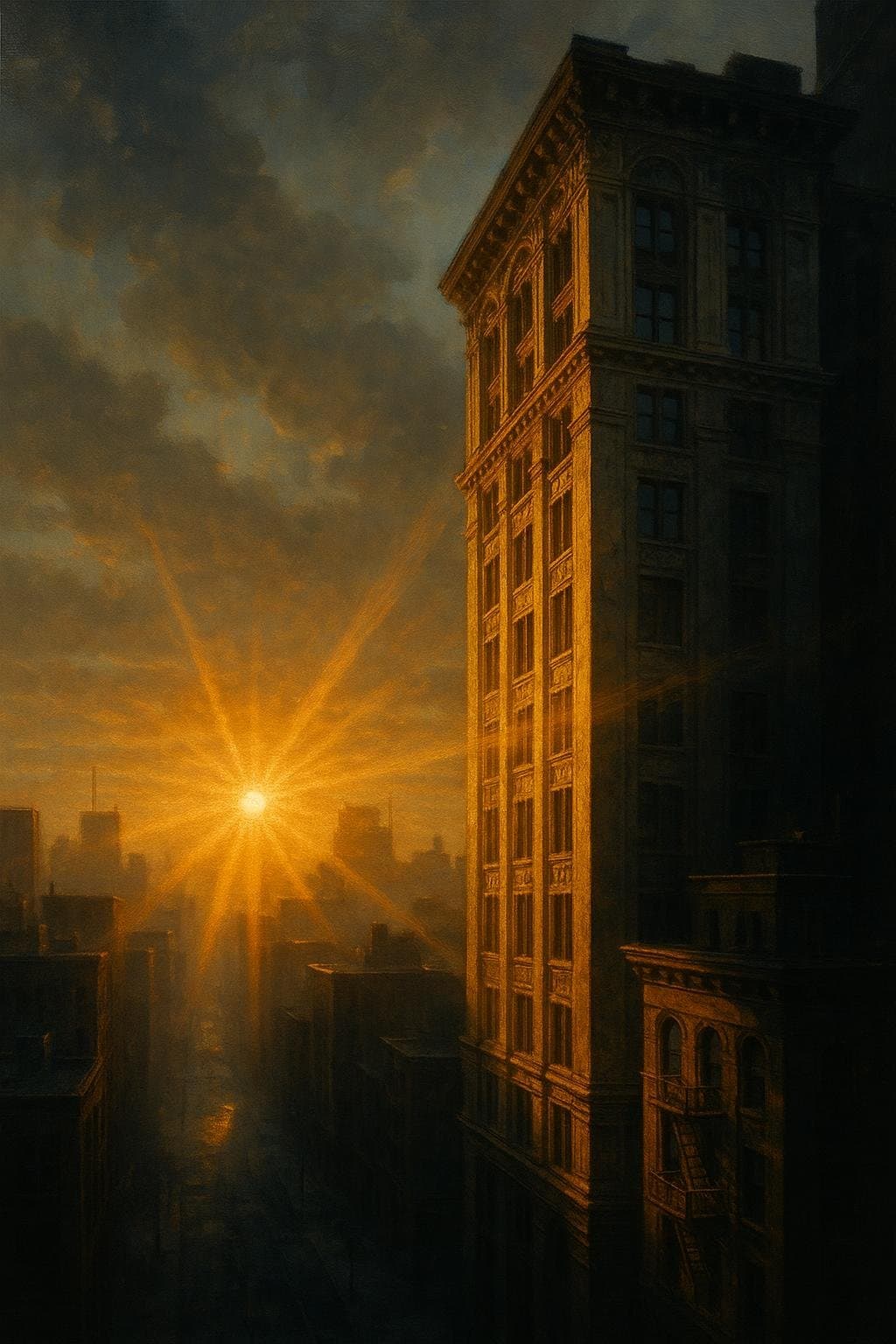The Sun Never Knew How Great It Was Until It Hit the Side of a Building – Louis Kahn

The sun never knew how great it was until it hit the side of a building. — Louis Kahn
Revelation Through Interaction
Kahn’s remark highlights that potential is often realized through interaction with others or the environment. Light, though powerful in itself, achieves dramatic visual meaning only when cast upon a surface—turning abstraction into something tangible and beautiful. In architecture, this echoes how design brings out the character of both materials and context: for instance, Frank Lloyd Wright’s Fallingwater reveals both nature's vigor and the harmony of constructed space.
Importance of Context and Medium
The quote underlines how greatness is magnified by the context in which it appears. The sun’s rays, otherwise unnoticed in the sky, become visually unforgettable when a building’s wall transforms them into dramatic shadows and colors. Michelangelo’s sculptures similarly gained prominence because their placement in specific churches and squares brought out their full expressive power (Vasari, *Lives of the Artists*).
Mutual Enhancement in Creative Acts
The interaction between sun and building represents how different elements can mutually elevate each other. In music, a melody may be pleasant, but when played with harmony, its beauty is enhanced—Beethoven’s symphonies illustrate how each instrument gains prominence within the whole. Likewise, an architect designs with the understanding that light will animate and define the forms they create.
Self-Realization Through Service
Kahn’s aphorism can be interpreted metaphorically: individuals discover their own strengths and influence through serving or illuminating others. In the novel *To Kill a Mockingbird*, Atticus Finch demonstrates his true integrity and value most clearly when he advocates for Tom Robinson—his virtues become ‘visible’ in the service of justice.
Architecture’s Dependence on Light
Kahn, famed for his luminous spaces such as the Salk Institute, considered light the ‘giver of all presences.’ His buildings are designed to harness and celebrate sunlight, making visible both form and texture. The interplay of sun and structure transforms a simple wall into an artwork with shifting moods and meanings, proving the transformative power of thoughtful design.